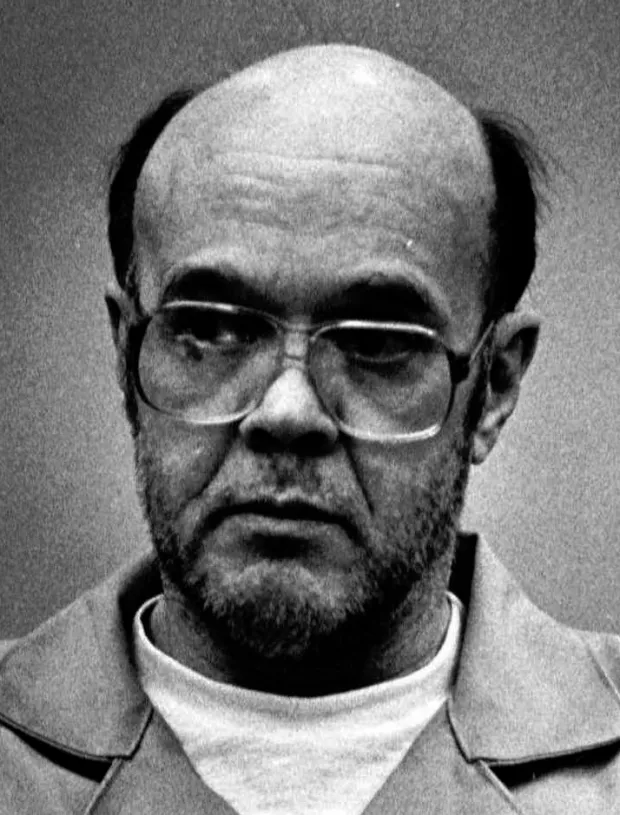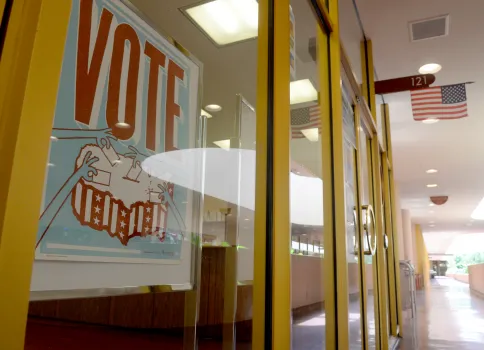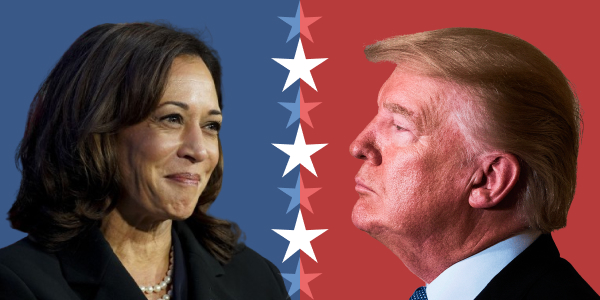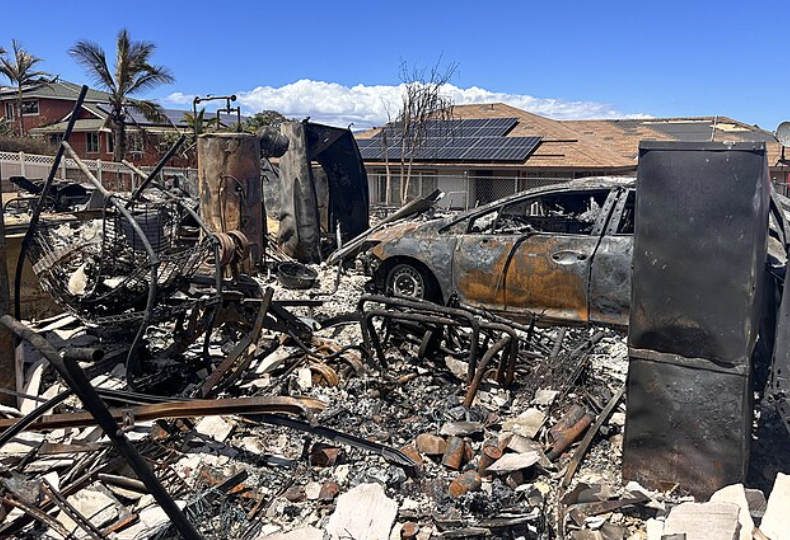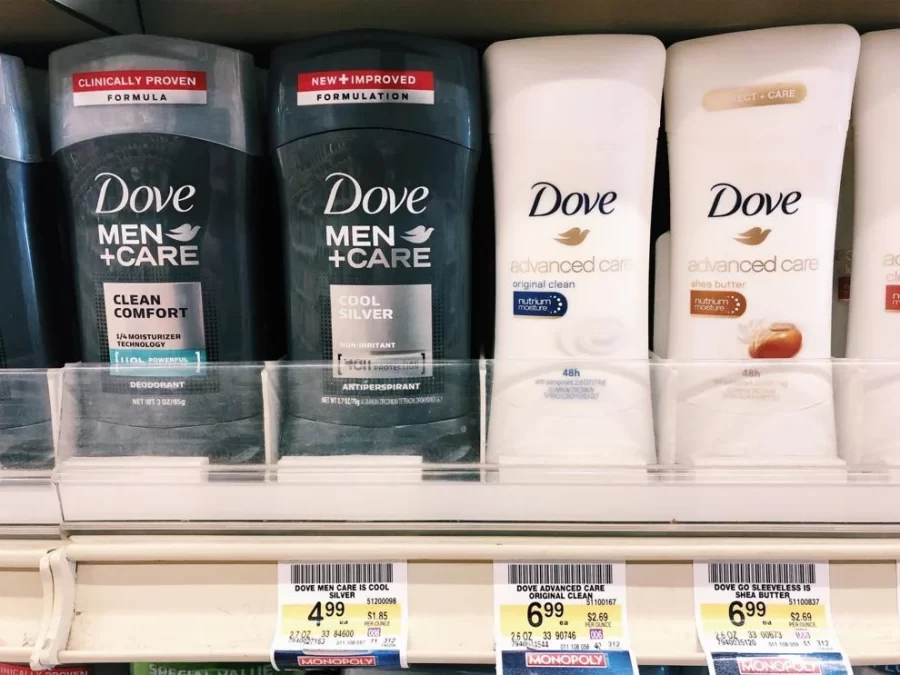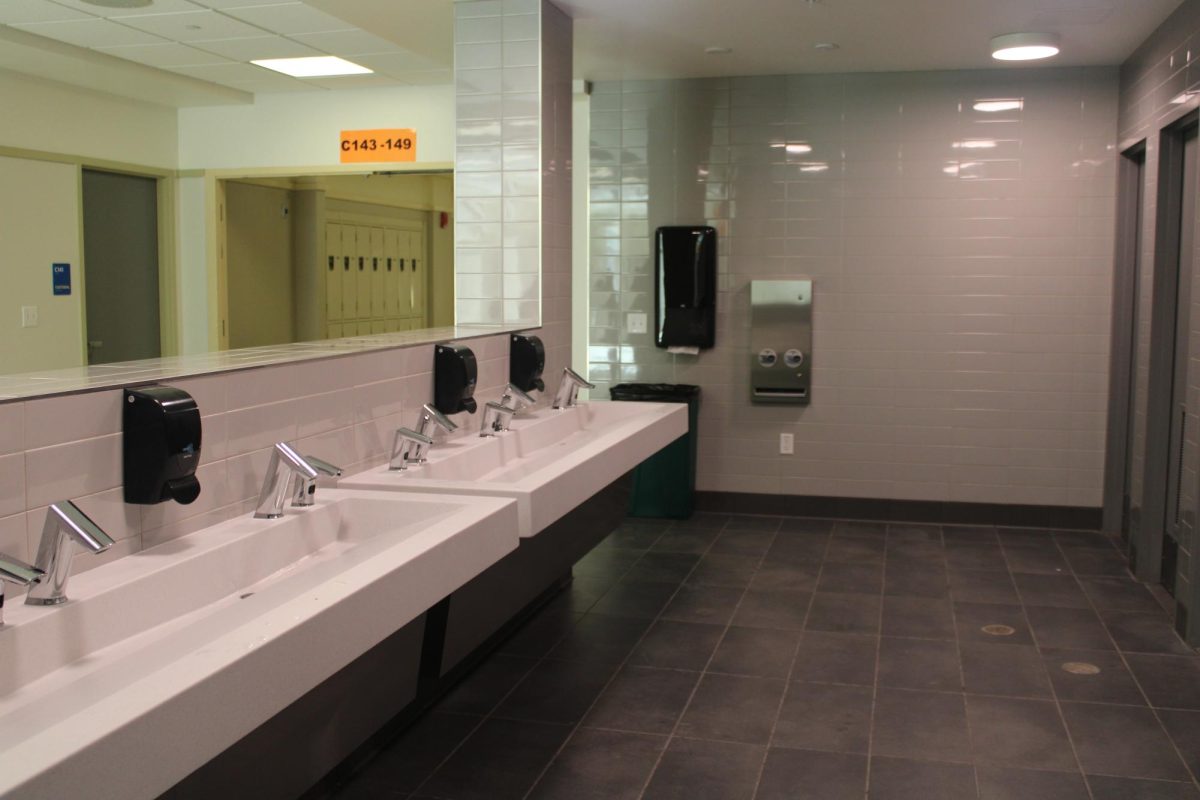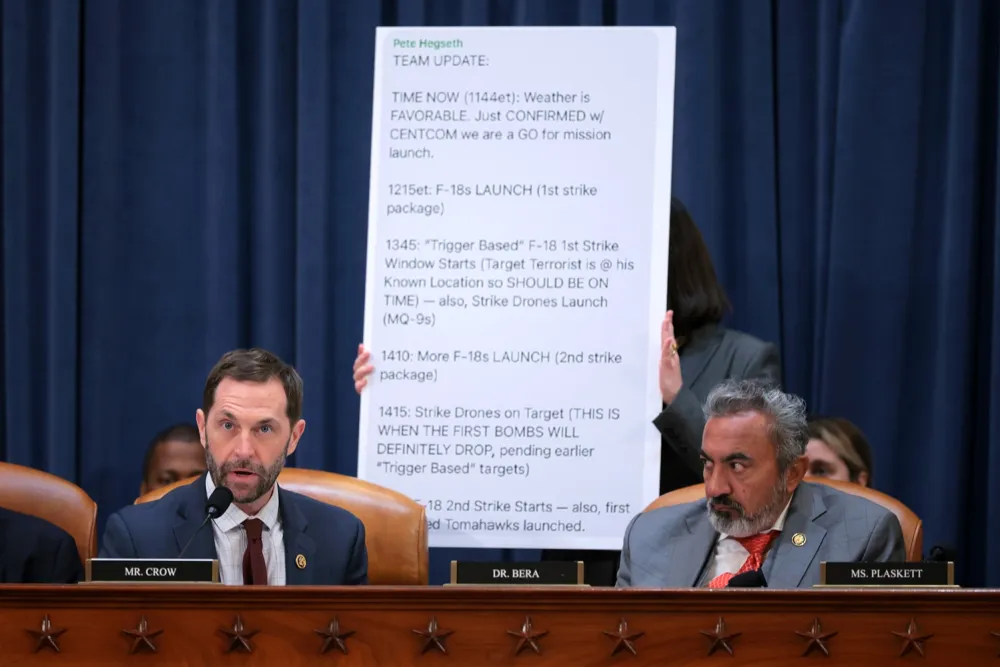The United States has always had some sort of superiority complex amongst other developed nations. In some cases, we are able to “win” and be ahead of others, whether it be about $800,000,000,000 sent to military forces across the nation and beyond our borders and into countries where we kill for oil or our capitalistic-driven motives for individualism which reflects itself onto society where it’s essentially a glorified free for all. One thing we haven’t worked to improve, and where we look like the poorest of nations, is healthcare. Our ignorance and individualism has made this system worse; our obsession of privatizing and maximizing corporate profits has hurt us, with healthcare systems being the primary victim.
For years and even recently, developed countries like the United Kingdom, France, Finland, Switzerland, Germany, and others have been successful and at a bare minimum, able to sustain this no-to-low-cost system for its people. The US gave its most American, shattered piggy bank-funded, bandage-type of response to this problem, the Affordable Care Act. Nicknamed Obamacare, the act was able to secure individuals a lower cost (but still not free) for healthcare. It still does not stack up to other countries’ systems. The Affordable Care Act has its limitations on what it does and does not cover in its plans. In comparison, the UK gives authority to the National Health Service (NHS). The NHS is able to provide all types of care at no up-front cost to the patient. The NHS is funded through taxpayers and employers who are required to pay a payroll tax. This service is broadly open to everyone, including non-citizens of the UK. A similar solution here can be to increase taxpayer costs to improve and establish infrastructure to cover patients at no cost. That solution is known as ‘socialized medicine,’ in which taxpayers themselves fund healthcare infrastructure while still having the option to use this public service or enter the private sector at their own cost. But the older population of America, the ones most reliant on healthcare services provided privately and by Medicare, are extremely opposed to the thought of not going bankrupt paying medical bills. According to the Health System Tracker, people over the age of 55 utilized 56% of all health spending in 2016 despite only accounting for 29% of the population.
Existing solutions have been brought up in political warfare for presidential elections and still fail to fight the subsequent issue of patients not being able to afford the ridiculous cost of medications in the United States. Stories of diabetics rationing life-sustaining insulin medication because of the high cost has had lethal consequences to diabetics and have ended up costing them more with emergency room and ambulance costs. Cedars Sinai, a large hospital and health sciences center in Southern California, reports that possible complications of diabetic ketoacidosis (development of ketones in the blood that are lethal) can cause low levels of potassium, swelling of the brain, damage to your kidneys or other organs, and possible damage to the heart and its normal rhythm. With that in mind, a clear result of a problem that hasn’t been fixed is highlighted, one that is expensively preventable.




